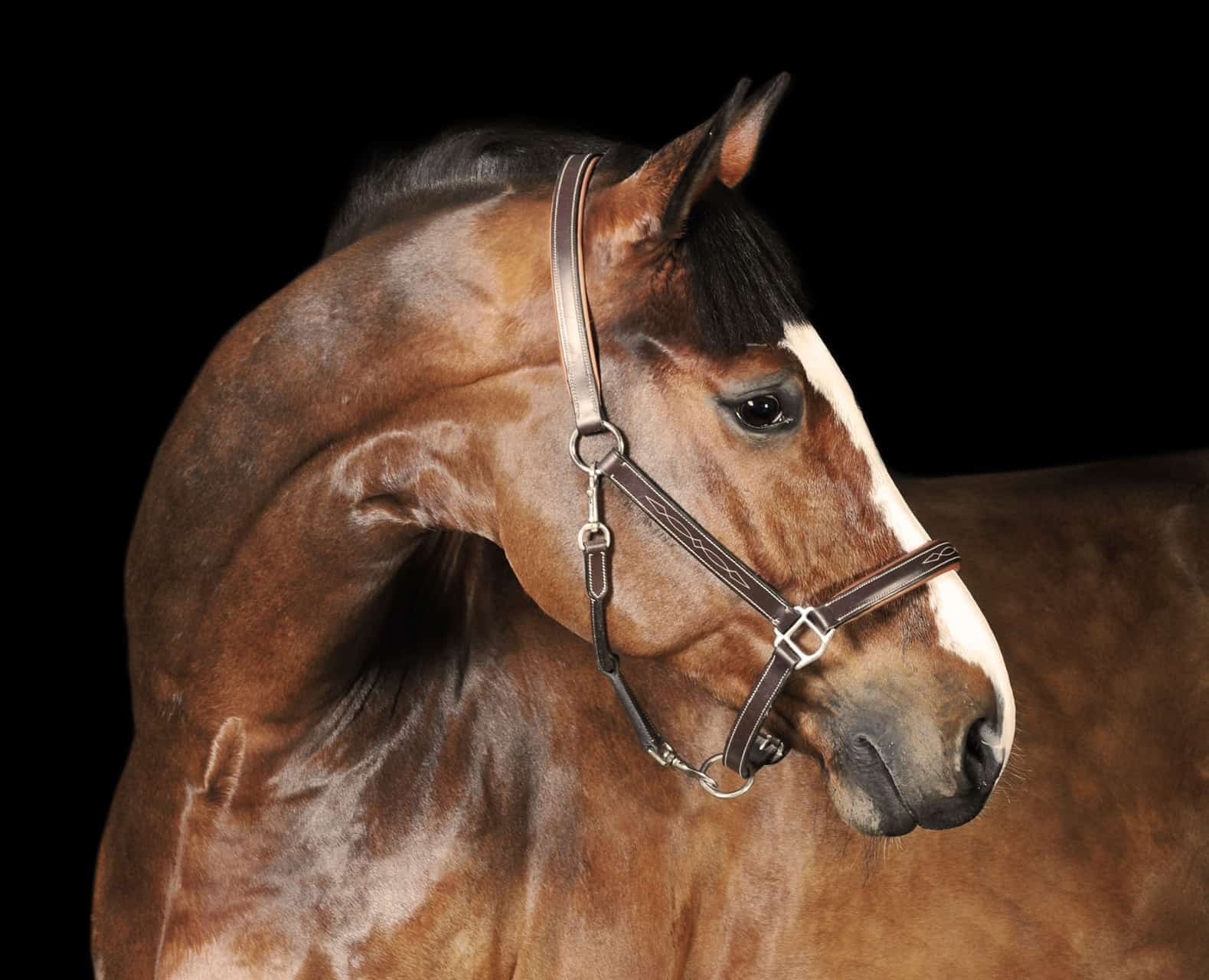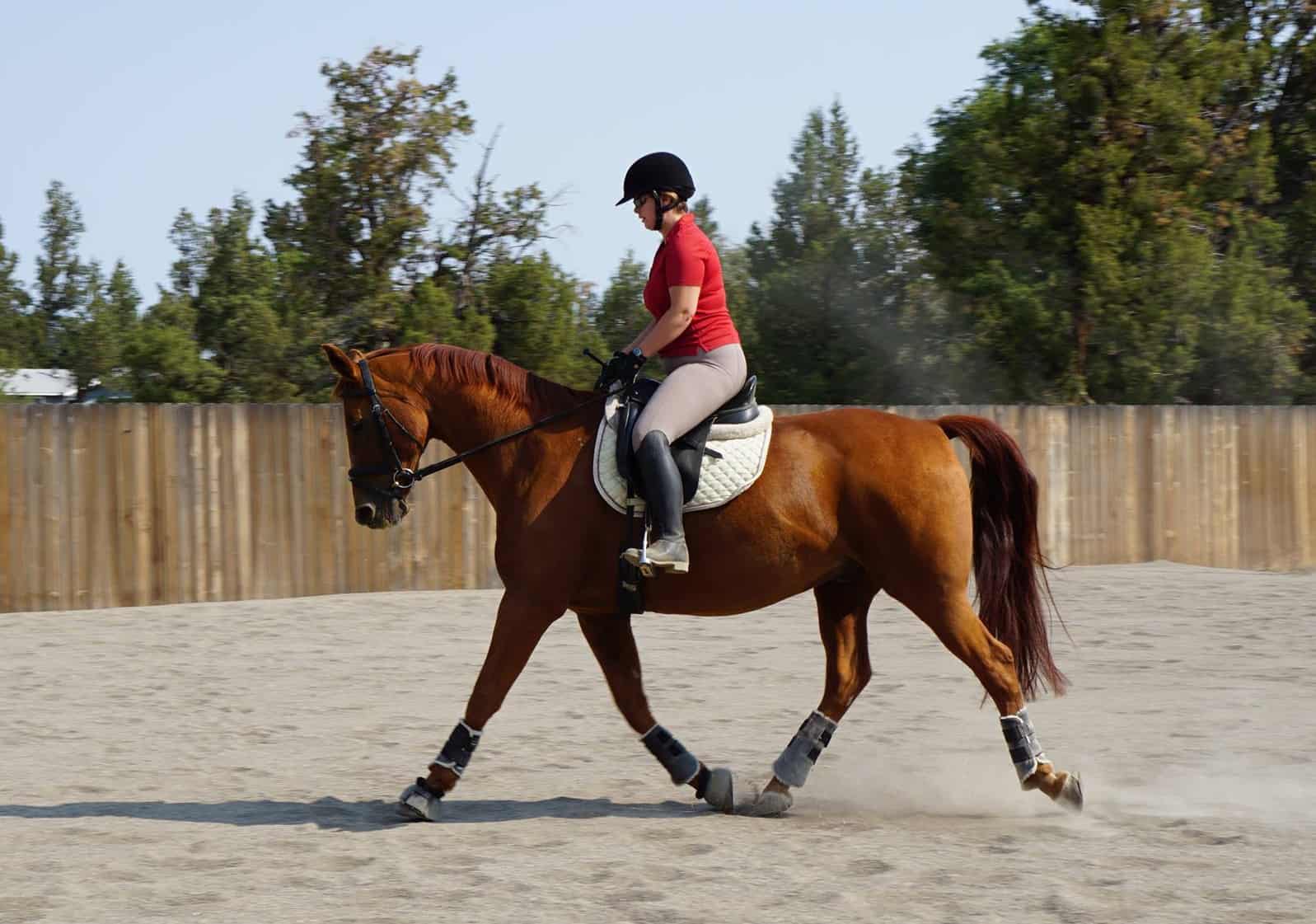Bony Changes in the Equine Neck

While veterinarians commonly image the neck and inject the cervical vertebrae for pain management, there’s little research describing bone pathologies in the equine neck, said Kevin Haussler, DVM, DC, PhD, Dipl. ACVSMR, of Colorado State University, at the 2017 American Association of Equine Practitioners’ Convention, held Nov. 17-21 in San Antonio, Texas.
To better understand equine neck issues, Haussler and fellow researchers investigated the cervical spines of euthanized horses, resulting in their study, “Characterization of Bony Changes Localized to the Cervical Articular Processes in Horses.” The team included Hilary Clayton, BVMS, PhD, MRCVS, Dipl. ACVSMR, and Roy Pool, DVM, PhD.
The horse’s neck includes seven cervical vertebrae (C1 through C7, basically the poll to base of the neck), each of which has bony protrusions called articular processes that interlock with the adjacent vertebrae
Create a free account with TheHorse.com to view this content.
TheHorse.com is home to thousands of free articles about horse health care. In order to access some of our exclusive free content, you must be signed into TheHorse.com.
Start your free account today!
Already have an account?
and continue reading.

Written by:
Michelle Anderson
Related Articles
Stay on top of the most recent Horse Health news with











